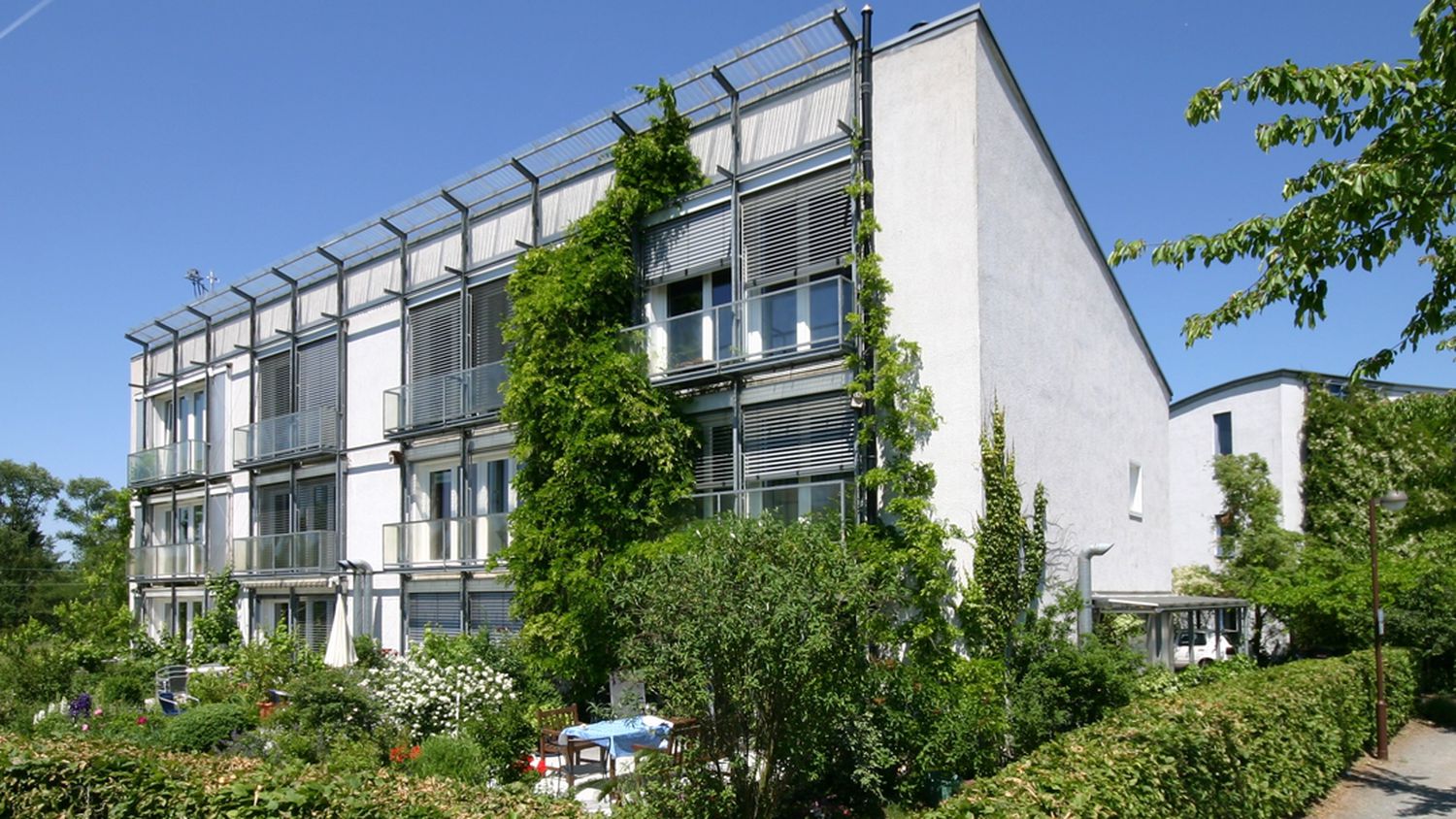
Energy efficient buildings, an upward trend.
Since Wolfang Feist, a german physicist and astronomer, built his first efficient home in 1991 in Darmstadt (Germany), three decades and 150 projects have passed in Spain certified by Passhivehaus, of the Passive House Institiute.
Feist, founded this institute, which defends the international standard with which homes and buildings are certified that meet the indicators based on a premise: “efficiency first” (#efficiencyfirst)
The pandemic has exposed the shortcomings of many homes in terms of energy efficiency. 75% of homes in the EU are inefficient from this point of view and therefore, one of the challenges from this year 2021 is to enforce the European directive by which all new residential buildings that are built have a consumption of almost zero energy.
Passive homes have a high degree of insulation, designed with good air tightness from outside and include a study of heat distribution, with special care in windows, ceilings and ventilation systems, which allow saving up to 90% more than energy than a conventional house.
In Spain, the number of projects committed to this construction system is growing at a good rate, especially since last year. However, it is necessary to rehabilitate a large part of the properties in our country, and for this an investment of 5,300 million euros from European funds is foreseen.
Other certifications
LEED certification
US Green Building Council (USGBC) is the US Green Building Council, and is a non-profit organization that promotes sustainability from the concept, design, construction and maintenance of buildings.
Its LEED certification corresponds to the acronym Leadership in Energy and Enviromental Design, or what is the same, Leader in Energy Efficiency and Sustainable Design. This standard is international and voluntary, and was created to adopt a consensus in the definition of “sustainable building” based on common standards; promote good practices from the conception of the project that integrates all the parties involved; recognize environmental leadership; stimulate sustainability; communicate to the final consumer the benefits and benefits of energy-sustainable buildings; transform the real estate market.
There are four levels of LEED Certification that depend on a scoring base:
• LEED Certificate. Between 40 and 49 points.
• LEED Silver. Between 50 and 59 points.
• LEED Gold. Between 60 and 79 points.
• LEED Platinum. More than 80 points.
Said score is based on criteria of energy efficiency, application of alternative energies, indoor environmental quality, selection of sustainable construction materials, development of common spaces:
• Location and transportation: up to 16 pts.
• Energy and atmosphere: up to 35 pts.
• Materials and Resources: up to 14 pts
• Indoor environmental quality: up to 15 points
• Innovation in design: up to 6 points
• Regional priority: up to 4 pts
In the last two points, there may be extra points, thus reaching 100.
BREEAM certification
The non-profit organization of British origin Building Research Establishment (BRE, 1921) promotes this certification and its first version was published in 1990.
According to its website, it is the standard that has accredited the most certificates to date, specifically +591,000 in 90 countries, and highlights as landmarks the Ikea buildings in Sweden, or the venues of the 2012 London Olympic Games.
As objectives, it does not differ greatly from other certifications, as it is based on improving the level of sustainability of the building, improving the environmental performance of buildings and their impact; promote good practices in design and construction; disseminate the economic and social benefits of sustainability; etc.
There are 5 levels of BREEAM certification: approved, good, very good, excellent, exceptional.
GREEN Certification (Green)
This certification has been created by GBCe (Green Building Council Spain), a sustainable building organization in Spain, founded in 2008, and works for the transformation towards a sustainable building model. Its objective is to provide a sustainability evaluation methodology in buildings and considers design and construction made on the 5 P’s as premises:
• Persons. The quality of life and well-being as the main premise.
• Prosperity. For fair local economic development.
• Planet. Protection of the environment and environment.
• Peace. Promotes harmony and harmony for coexistence.
• Covenant.
For this, criteria of interior environmental quality, resource management, accessibility, common spaces, technical quality, etc. are assessed.
Sustainable building in private companies
In recent days we have reported the news of the inauguration of the new Inditex building in Arteixo, for Zara.com studios, in which Keyplan has carried out both the project for the facilities and the construction management. This building aspires to obtain the highest distinction from the US Green Building Council (USGBC), with the Leed Platinum classification.
For this, the structure has been designed based on efficiency and sustainability, counting only on the roof with the installation of more than 500 photovoltaic panels, which together with the previous installation in the parking lot (in which we have also participated) will be able to supply of at least half of the building’s electricity consumption. As Inditex indicates in the press release published by the company, “the building stands out for the incorporation of 720 highly energy-efficient glass modules that cover the entire exterior part” and also has “an underground tank of 270 m3, which It also makes it possible to reuse rainwater for non-potable uses such as irrigation or sanitation. ” In addition, it will have other efficiency systems such as air conditioning adaptable to the conditions of each space; the self-regulating lighting system; efficient elevators with direct approach technology; toilets and taps with flow reduction; efficient outdoor gardening… In short, it contemplates a series of necessary requirements to opt for certification and be energy self-sufficient.
At Keyplan we have a highly qualified team, and the training of each of our colleagues is a priority. For this reason, for some years now, we have been certifying our technicians and engineers to offer our clients the highest LEED Certifications.





